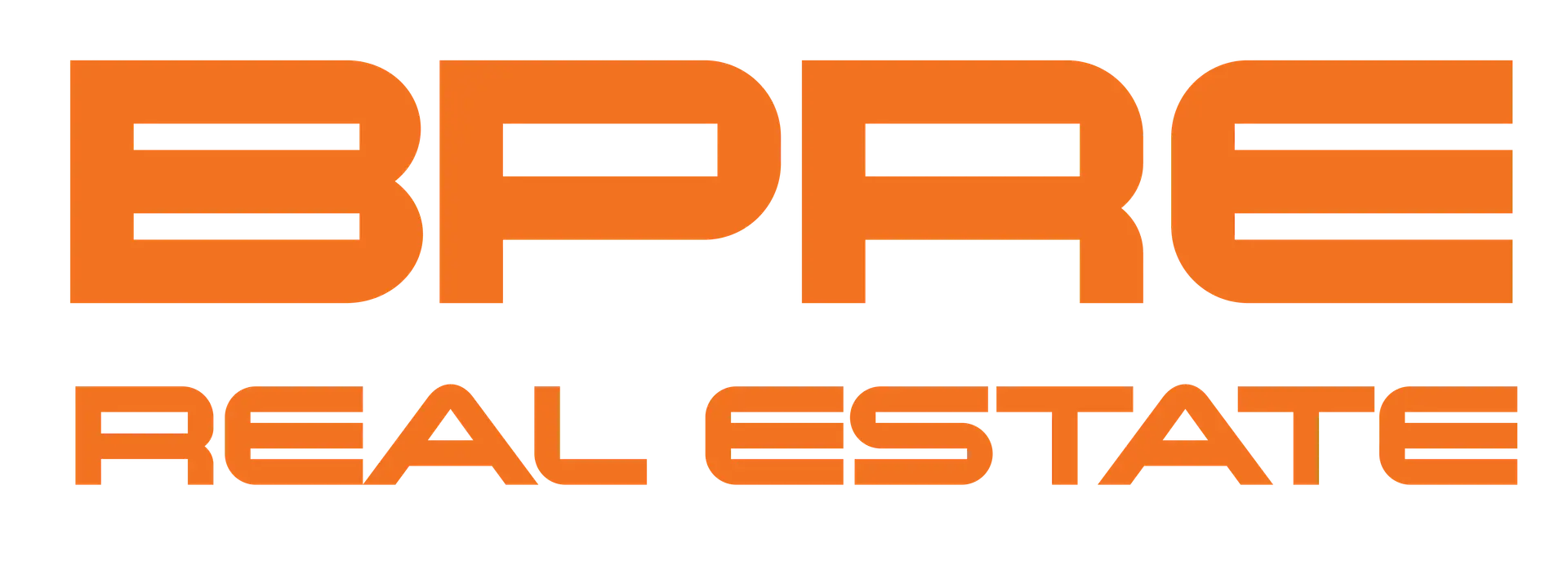On average around 180 people are setting up a new fund every day
SMSF’s are growing in popularity
 Buying into real estate is helping many investors improve their wealth base. Many people are now using a real estate portfolio to support their long term retirement strategy by establishing their own Self Managed Superannuation Fund (SMSF). It gives many people the opportunity of controlling their investment returns. Creating wealth through property investment is a very popular way to secure your financial future.
Buying into real estate is helping many investors improve their wealth base. Many people are now using a real estate portfolio to support their long term retirement strategy by establishing their own Self Managed Superannuation Fund (SMSF). It gives many people the opportunity of controlling their investment returns. Creating wealth through property investment is a very popular way to secure your financial future.
SMSF’s are growing exponentially (on average around 180 people are setting up a new fund every day) and demand for SMSF borrowing is keeping pace with this market phenomenon.
SUMMARY
An SMSF is basically a superannuation fund, a type of tax structure. It is a privately run superannuation fund with some special rules. in 2007 the superannuation rules have changed to allow individuals to borrow and purchase real estate through their super funds. Many lenders are now providing loans to support this type borrowing.
It is crucial that anyone considering setting up their own SMSF seek professional advice from a qualified accountant and solicitor to an accredited mortgage broker before making any decision.
Fund Structure
Starting an SMSF fund is basically like setting up a trust. It needs to be set up and operated under certain rules that comply under the tax office rules and regulations. The sole purpose of setting up an SMSF is to ensure the members have access to retirement benefits. It requires Trustees, Members and Trust Deeds. The trustee(s) can be either a Corporate or an Individual person. The fund cannot have more than 5 members. It is different to a standard superannuation fund as it is set up as a trust with members being in control of its investment performance.
Common reasons for establishing an SMSF?
To derive more control of the investment opportunity that the fund may provide, derive more flexibility, reduce ongoing costs and people feel that they benefit from more transparency and to provide retirement benefits to its members at their ‘preservation age’.
You are personally responsible for the fund’s accounting procedures, auditing, administration, investment strategy (whether you invest in shares or real estate both residential or commercial) you must comply with superannuation tax rules, trust deeds, investment strategy etc… as there are significant penalties for any breaches in compliance.
The establishment of an SMSF tends to favour funds with an initial higher superannuation balances due to the higher establishment costs especially if purchasing into real estate.
Borrowing with an SMSF fund to purchase a property
Borrowing with an SMSF is somewhat different from a standard home loan process. There is greater emphasis on compliance documents when processing an SMSF mortgage loan.
All borrowing under an SMSF mortgage is under a Limited Recourse Borrowing Arrangement ‘LRBA’. This means that if the super fund defaults on the loan, the lender cannot repossess other assets within the SMSF but rather they can only take the asset or the property under which the trust is holding the asset. The lender cannot sue the fund’s members for the payment or for any shortfall in funds if the asset is sold, any other asset in the fund is protected. However, most lenders will request for members to also act as guarantors for the loan repayment.
This type of loan is less flexible than a standard home loan. Depending on the lender policy you can borrow up to 80% of the value of a residential property and up to around 75% of the value of a commercial property. Once the loan is established you cannot increase the loan limit in the future as you would under a standard mortgage loan. Another major restriction is that you cannot purchase a vacant block of land and build a property on that land as under the tax rules progressive stage construction is not allowed.
A security trust must be set up under a Pty Ltd structure/entity, also known as a ‘custodian security trust’ or ‘bare trust’, that must hold the asset on trust under title for the SMSF. The maximum term of a loan is up to 30 years or less depending on the ages of its members.
A lender will determine how much you can borrow under an SMSF fund based solely on the trust’s income with the estimated rental income of the property and the superannuation concessional contributions with other investment income from the fund together with the expected running expenses of the fund. Your personal income is not considered for servicing calculations.
This is a highly specialised service and the product is designed to meet with specific banking borrowing policy requirements.
Contact Us
Error: Contact form not found.


